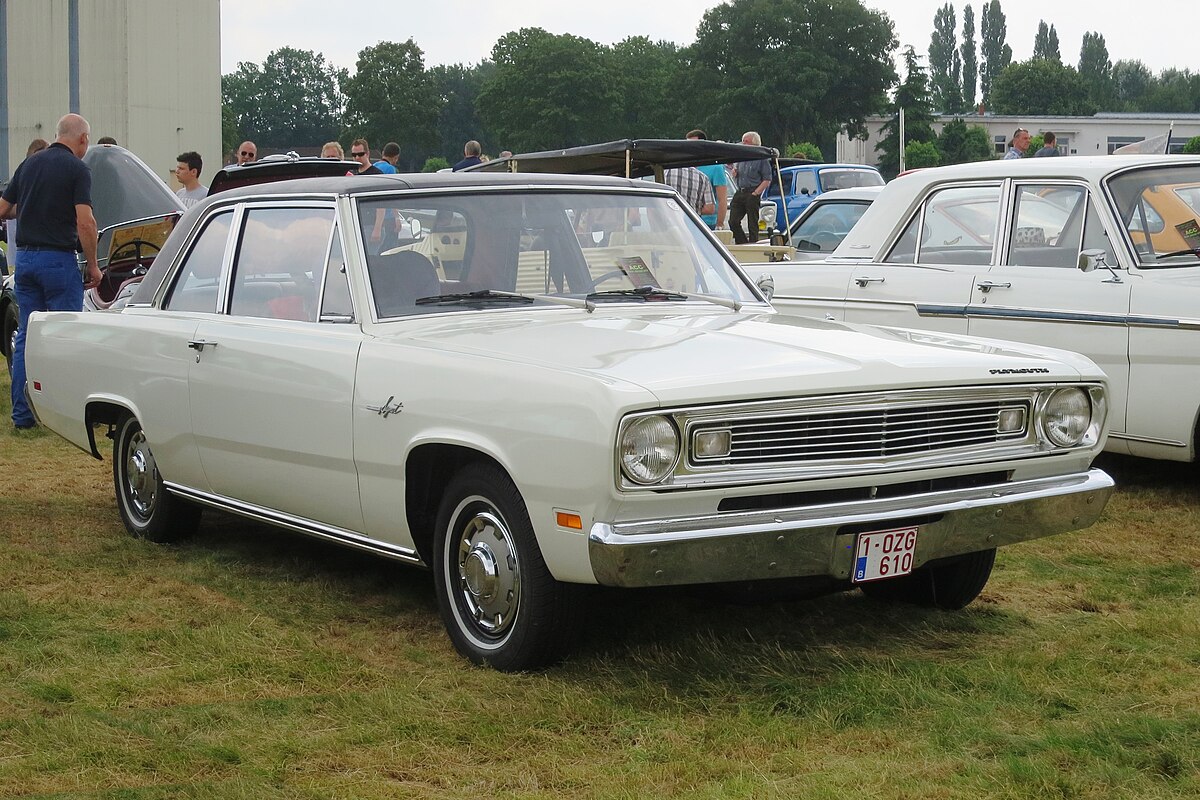Danny McG
Lid closed, monkey dead.
I'm reading through the original story (from 1943) by Mary Norton.
I find myself puzzled by this phrase about Valiants:-
Carey watched Miss Price insert a silvery plant in the hole, and Charles rolled over sleepily to observe a formation of Valiants against the peaceful sky.
“I thought edelweiss only grew above the snow line,” Carey remarked wonderingly.
I find myself puzzled by this phrase about Valiants:-
Carey watched Miss Price insert a silvery plant in the hole, and Charles rolled over sleepily to observe a formation of Valiants against the peaceful sky.
“I thought edelweiss only grew above the snow line,” Carey remarked wonderingly.
Last edited:



